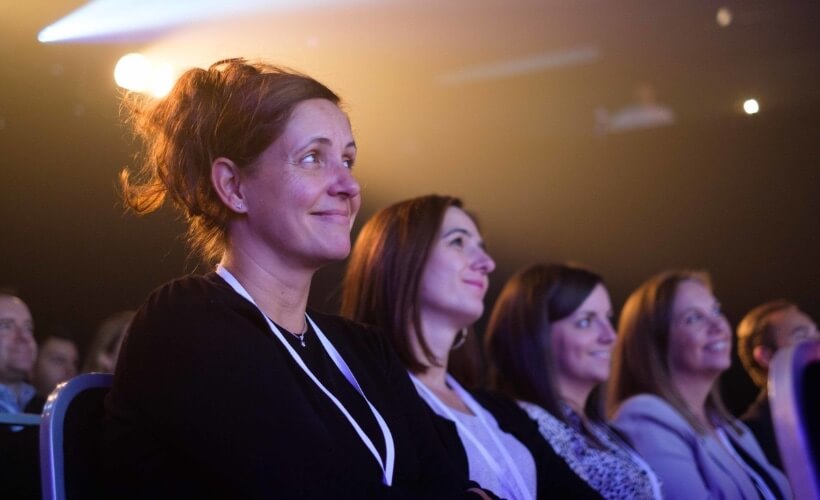Louisa Daley chats to Nick Fagan, creative technologist, DRPG, to uncover how organisers can use technology to improve audience engagement.
We’re currently in the ‘evolving event tech era’, as I like to call it – from the Metaverse to ChatGPT – our industry is at the forefront of innovation, continually leveraging new technology to improve and redefine the event experience.
DRPG is an agency that is investing in this space and has recently introduced an ‘ethical AI-based attendee behaviour mapping service’ for its clients. I sat down with Nick Fagan, DRPG’s creative technologist, to find out what this means for the future of audience engagement.
The basics
First things first, what does ‘ethical AI-based attendee behaviour mapping’ actually mean?
“Ethical AI-based attendee behaviour mapping has given us the ability to get an unbiased opinion on whether somebody is engaged, at what point they’re engaged and what they’re engaging with. It essentially gives you the ability to look at everybody at the same time,” says Fagan. In doing so, the technology offers data such as impressions, dwell time, demographics and sentiment.
It’s important that the technology is not called ‘facial recognition’, Fagan stresses, as the camera is not recognising a face. “As far as the data is concerned, the camera is technically recognising an object and works by looking at fluctuating measurements from point A to B to C and so on.”
Fagan tells me the camera’s measurements must be done on an individual basis because “everyone reacts differently when they’re engaged.” He explains: “Picture a speaker on stage at a conference. When they look around at their audience, some people are frowning, some people are smiling and nodding, whilst others look neutral – even if they’re all engaged with the session.”
“Therefore, by getting a baseline of each individual, the camera can work out the overall reaction in the audience, allowing it to compare and reveal what parts of the session were engaging. It does this by comparing the measurements with offline data collected over the last 20 years,” he says.
The benefits
Fagan says that this is “a game changer”, as event organisers often have to wait until post-event to receive audience feedback – and even then, it’s not always honest and transparent.
“All too often, people will give a high score for event experiences, and not necessarily mean it. It’s hard to give criticism and to admit you’re disengaged. But with this new technology, it enables us to get real, honest insight, there and then,” Fagan explains.
The immediacy allows speakers and organisers to tailor their content in the moment – to ensure the audience remains engaged. “For example, you could make a presentation and plug it into multiple laptops, which feeds into a media server that says ‘follow this signal, and switch to this output’ – it’s really simple programming. That way, your content is delivered in the most meaningful way, to that specific audience in the room.”
The ethics
But of course, there’s the role of ethics to consider.
“Legally, we don’t actually have to make people aware that the camera is there, because they’re not being recorded. There’s no video footage. There’s no personal data, no private information, and you cannot recognise anyone. It doesn’t even come under GDPR.
“It’s just a bunch of code and measurements that can’t be decrypted or encrypted, so it’s completely secure. It’s even less of a risk than CCTV,” he says.
But, Fagan is quick to add that when using this technology – you still should make your audience aware because it’s the right thing to do. “We are always cautious, we always explain: ‘just so you’re aware, there is a camera pointed at you, it’s not recording, no private information is shared’. We also share the intent and say: ‘the camera is just taking measurements to make the content more relevant and engaging for you. If you feel uncomfortable. Let’s talk, or we’ll stop’.
“It’s a really simple thing you can do. That’s what people want, the truth.”
Although Fagan says he can see other agencies deploying the same solution in the future, he believes that “no single technology is the answer to the future.”
Instead, he anticipates that ethical AI-based attendee behaviour mapping services will “play a valid part in a multi-discipline of technical solutions.”
Is it time we start measuring audience engagement at face value?





















